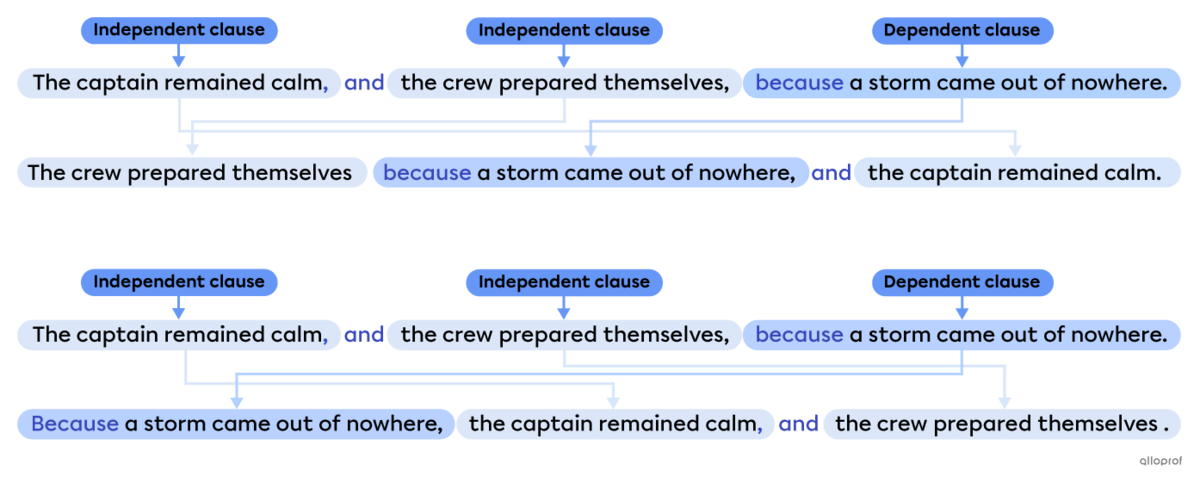A compound sentence is a sentence made of two or more simple sentences. These simple sentences are joined by a coordinating conjunction such as and, but or or to form a compound sentence expressing ideas of equal importance.
Each of these simple sentences could exist on its own. Combining these sentences adds fluidity and facilitates comprehension.
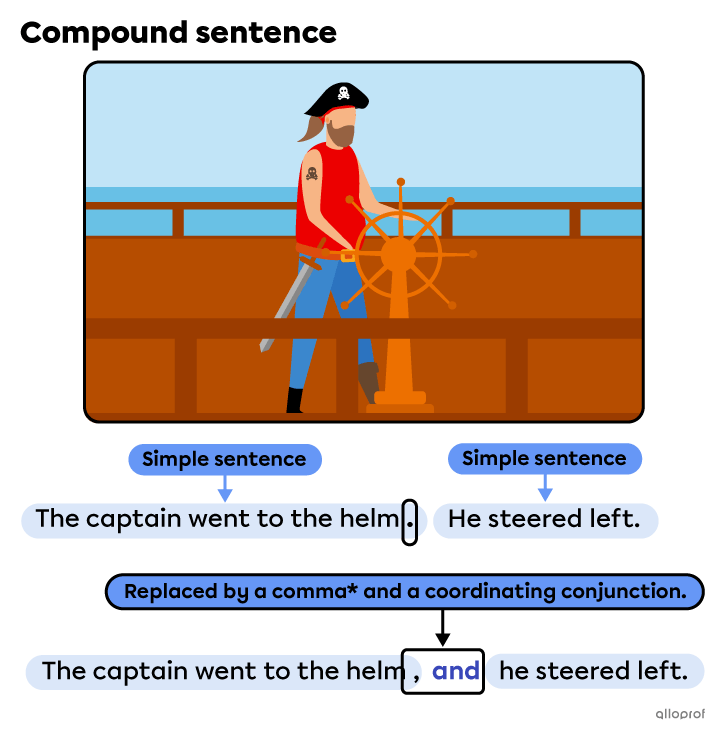
*Both with and without the comma are grammatically correct.
A complex sentence is a sentence made of an independent clause and dependent clause. A dependent clause isn’t a complete sentence and must be connected to an independent clause using a subordinating conjunction, a relative pronoun or an adverb.
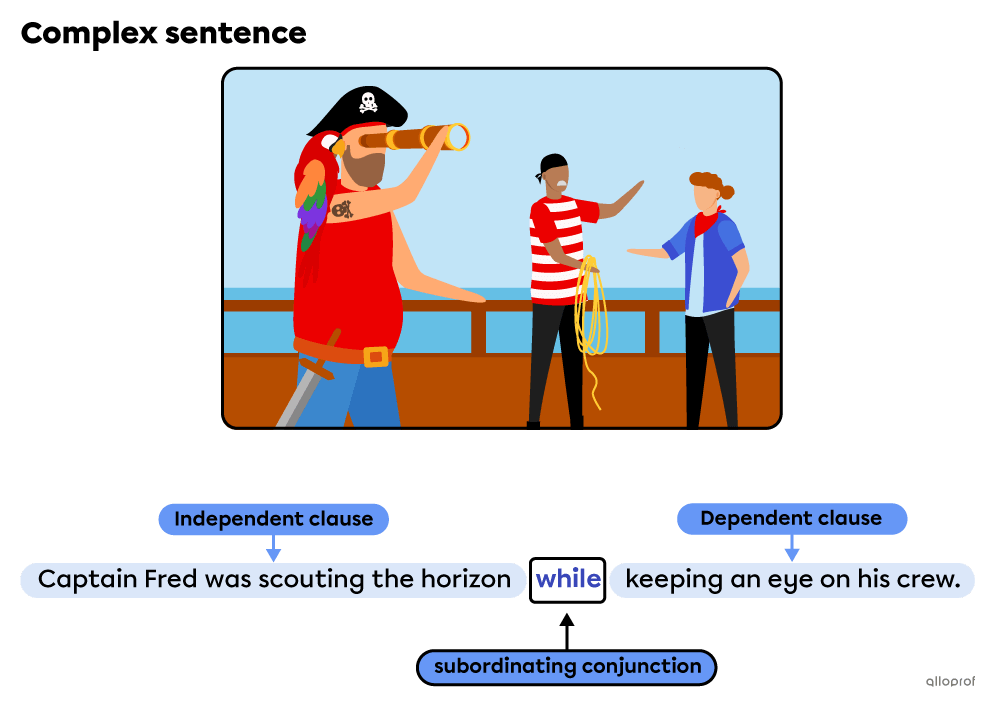
There are two main types of clauses:
-
independent clauses
-
dependent clauses
An independent clause makes a complete statement; it can act as a complete sentence.
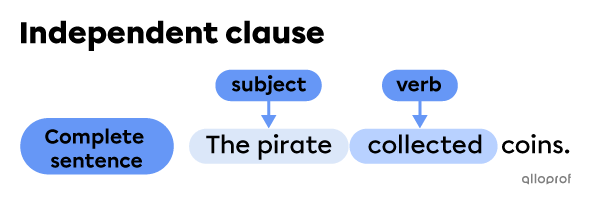
A dependent clause cannot act as a complete sentence. To form a complete sentence, it needs to be joined to an independent clause with:
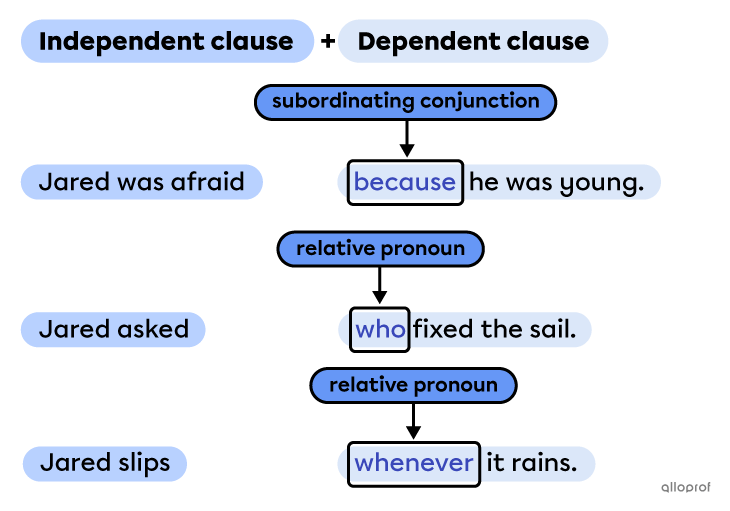
Points to remember when forming compound sentences:
-
They are composed of 2 or more independent clauses.
-
If the subject is the same, it must be stated twice.
-
The independent clauses are joined with a coordinating conjunction.
They are composed of 2 or more independent clauses.
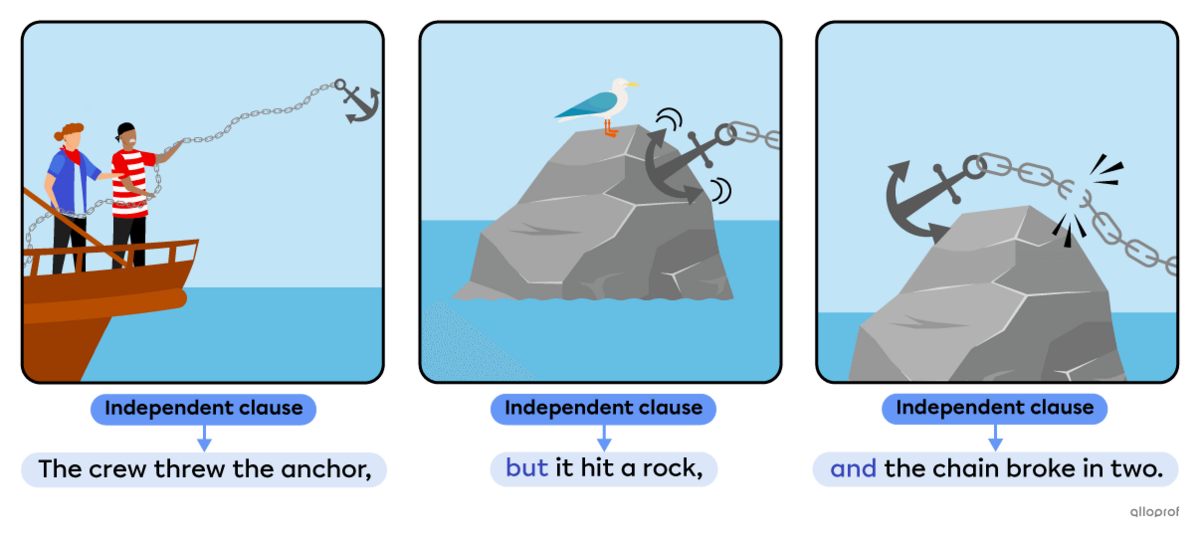
If the subject is the same, it must be stated in each clause.
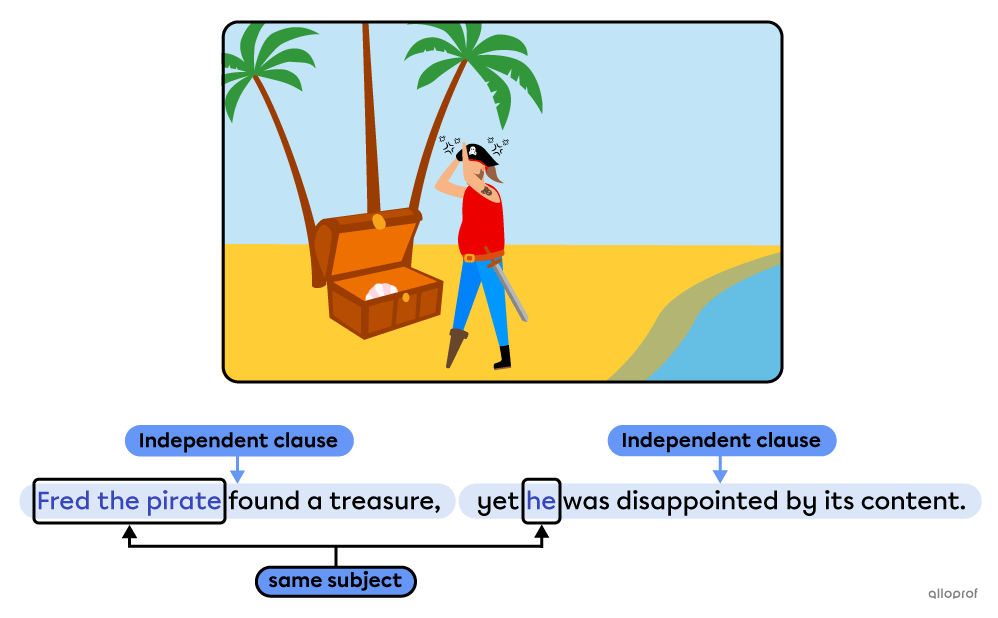
The independent clauses are joined with a coordinating conjunction.
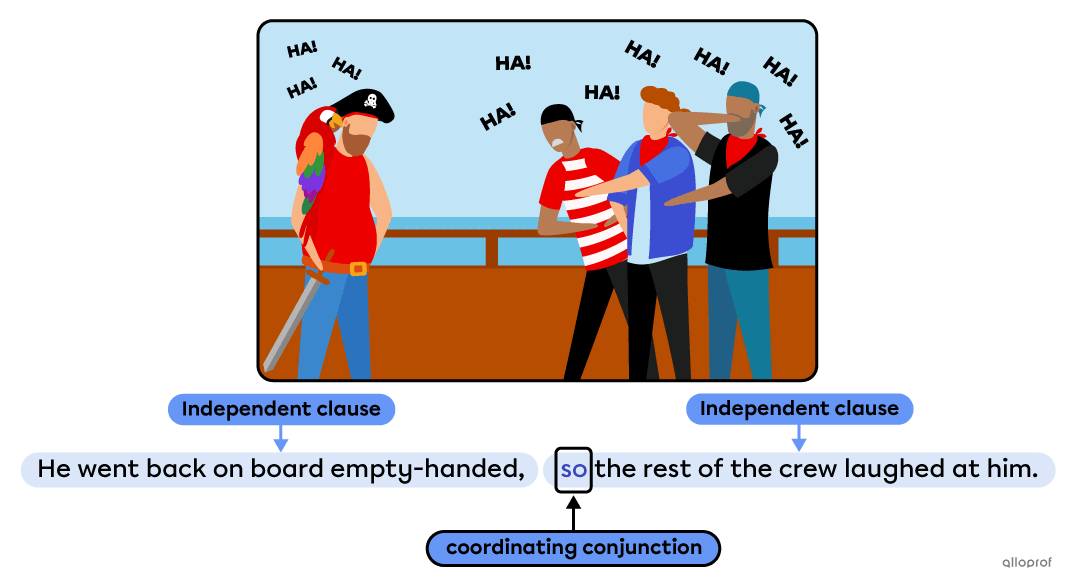
It is also possible to join the two independent clauses with a semicolon to form a compound sentence.
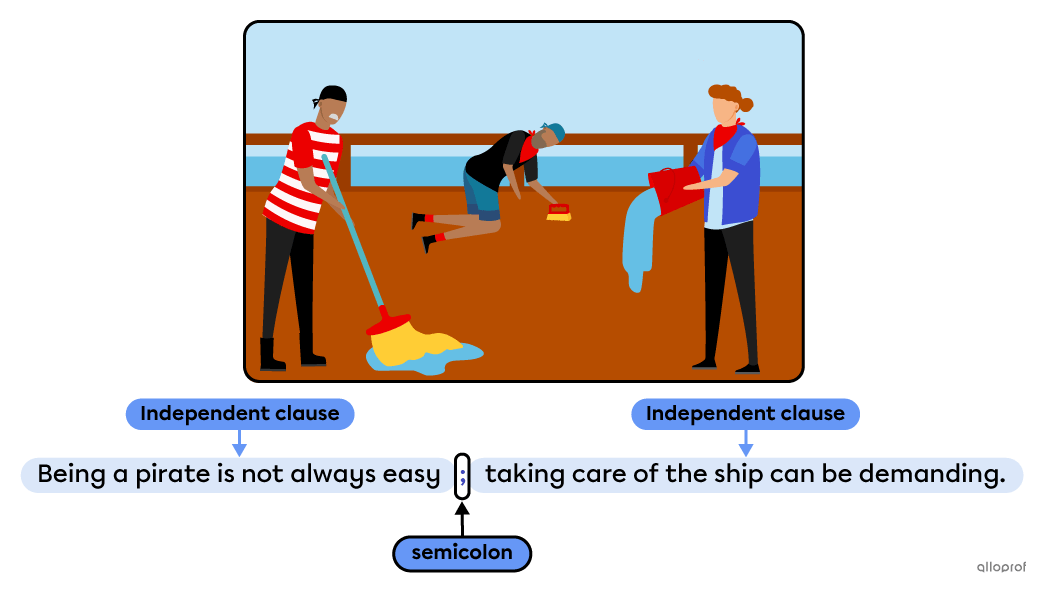
To join two independent clauses, the usage of a transition word (also called conjunctive adverb) is possible.
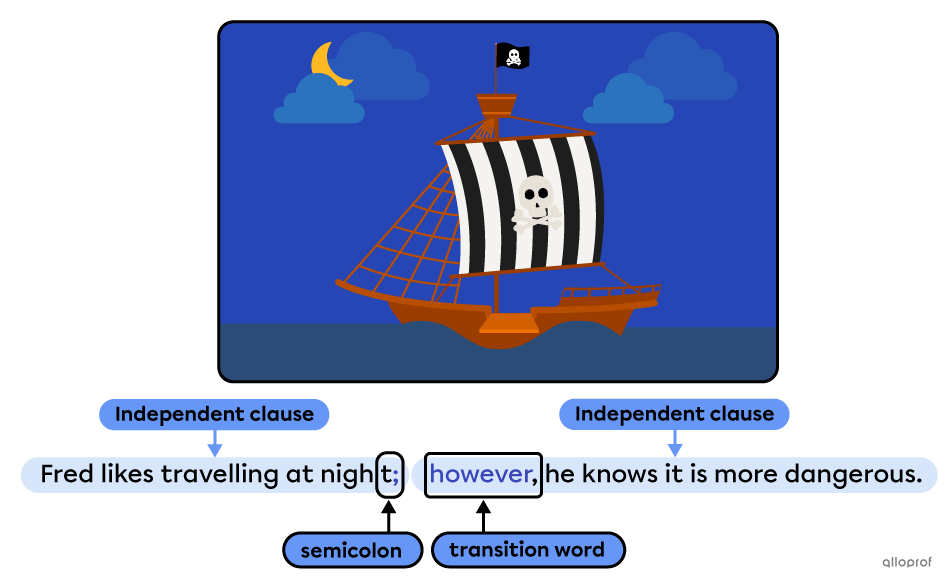
A common error when joining two independent clauses is using only a comma between them.

However, if the independent clauses are long, you should use a comma and a coordinating conjunction to join them.

The easiest way to avoid comma splices is to use a comma and a coordinating conjunction all the time to join two independent clauses.
Another common error is what we call run-on sentences (also called fused sentences). This error consists of having multiple independent clauses in a sentence without anything to join them.

Points to remember when forming compound sentences:
-
It is composed of at least one independent clause and one dependent clause.
-
The clauses are joined by a subordinating conjunction.
-
Punctuation is necessary if the dependent clause comes first .
It is composed of at least one independent clause and one dependent clause.
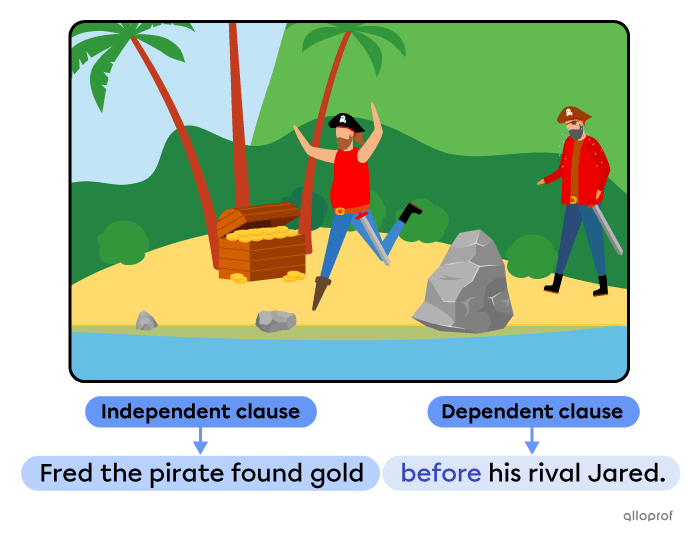
The clauses are joined by a subordinating conjunction.
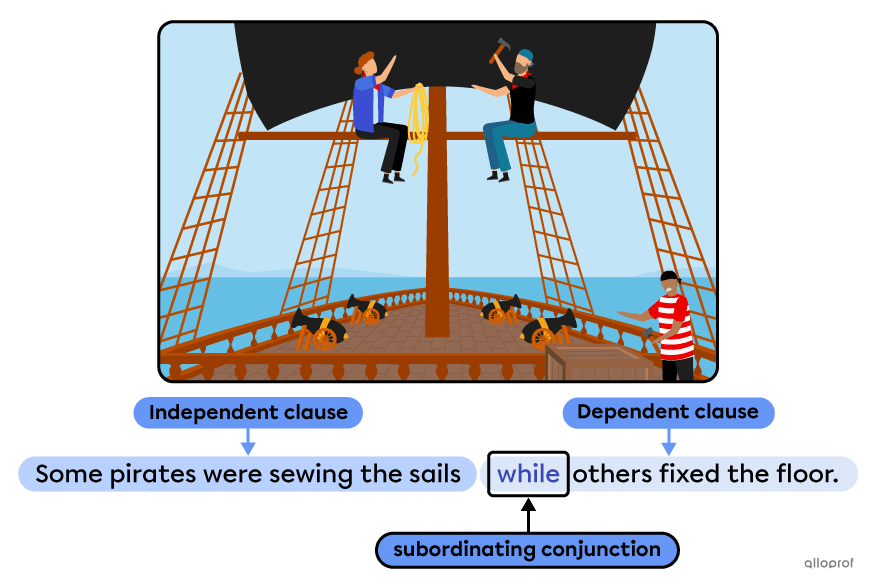
Punctuation is necessary if the dependent clause comes first.
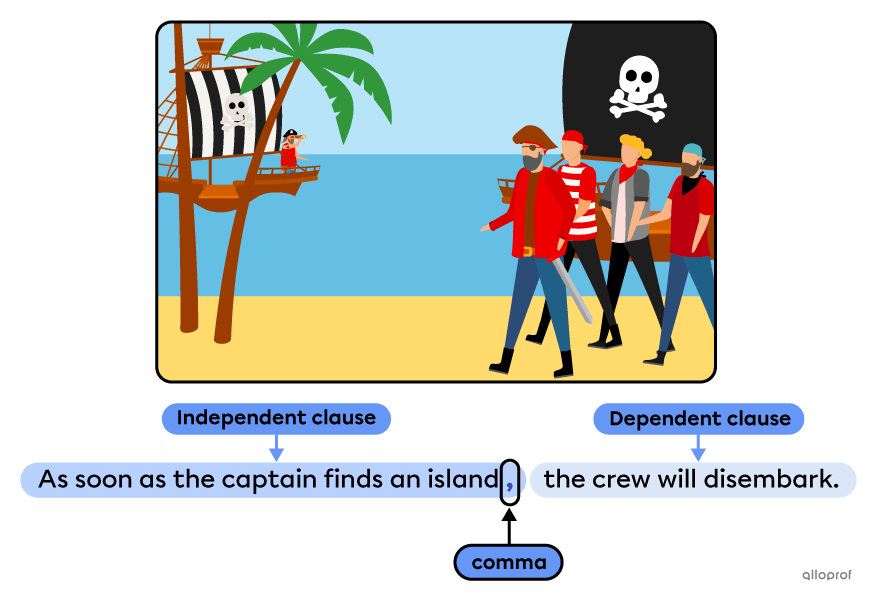
A compound-complex sentence is formed with a minimum of two independent clauses and one dependent clause.
The position of the clauses can be interchanged and the compound-complex sentence will keep the same general meaning.
